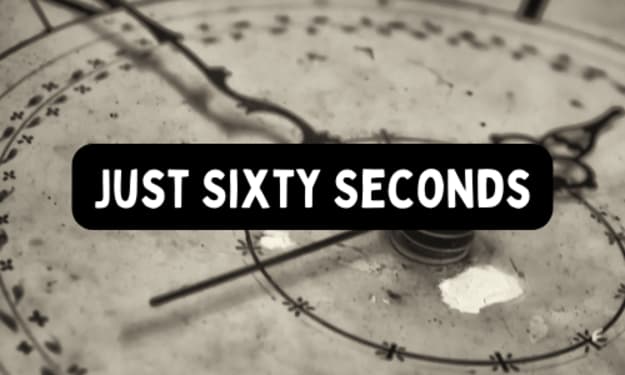How Narcissists Are Created
The Little Shaman discusses how narcissists and psychopaths are created.
Narcissists are among the most despised people on the planet. While other dysfunctional personalities evoke sympathy in people, pathological narcissists do not. People often feel pity for the narcissistic personality at first — especially if the narcissist presents themselves as a helpless victim, as many narcissists will — but this is usually very short-lived because narcissists are so terribly controlling, abusive and hateful. It is impossible to feel pity or sympathy for a person who works so hard to hurt others. In fact, narcissists sometimes seem compelled to hurt only those who care about them, rendering people literally unable to feel any sympathy for them at all.
We often hear a lot about the different types of climate of abuse and destruction that pathological narcissists are capable of creating, but it is not often discussed how narcissists became the way they are to begin with. This is important if we are to truly understand what we're dealing with when we deal with a narcissist.
As you will hear in the video, the recipe to create a narcissist is neglect and indulgence. If you alternately ignore, invalidate and spoil a child, you will likely create a dysfunctional, empty, angry person who is not only unable to see or care about anything except for their own feelings, but who also believes they are entitled to absolutely anything they want and is unable to deal with the frustration that results from not getting it. Narcissists are lost, sad, crippled, empty children walking around the world with nowhere to be and no one to care about. Prisons and psych wards are full of them. It's a terrible, crushing disorder that completely ruins lives.
Pathological narcissists suffer from something called "the narcissistic wound." This "wound" is internal, and it is the definitive injury to the psyche which occurred during the narcissist's early development. The narcissistic wound is the trauma (or series of traumas) that made the narcissist what they are.
This trauma or traumas generally occurred after emotions have developed but before sophisticated regulation of emotions was learned or empathy understood. Because of this, we could say the narcissist actually suffers from too much emotion, despite the popular belief that narcissists suffer from a lack of emotion. The emotions narcissists feel are self-centered and out of control. Narcissists' emotions are unregulated because they are generally unable to control them, in the same way a young child is also not able to control their emotions. The narcissist's few intense emotions are all self-focused — this is again like a child — and if they have any modicum of empathy at all, it's usually maladaptive and/or totally dysfunctional. Their few emotions just matter too much; these emotions and their impact on the narcissist are the focus of this person's entire being. This is why they are unable to empathize with other people, especially when they are upset. Other people's rights, feelings or personal issues don't matter anywhere near as much as how the narcissist feels.
The best way to combat this disorder is to be a good parent. Spend time with your children. Listen to what the say. Validate their feelings. Don't ever try to talk children out of their feelings or argue about them. This world is having a crisis right now. There is an epidemic of narcissism and we have to try to reverse it.
Jen Savage is a counselor, medicine woman, aromatherapist, nutritional counselor, clinical hypnotherapist, activist, an author, an ordained minister, and a specialist in cluster b personality disorders. The Shaman has been working with people who have difficulties, disabilities and mental illness for over ten years. Working on opening a Holistic Healing Center & S.O.U.L. Clinic Retreat in the Deep South in 2018.






Comments
There are no comments for this story
Be the first to respond and start the conversation.